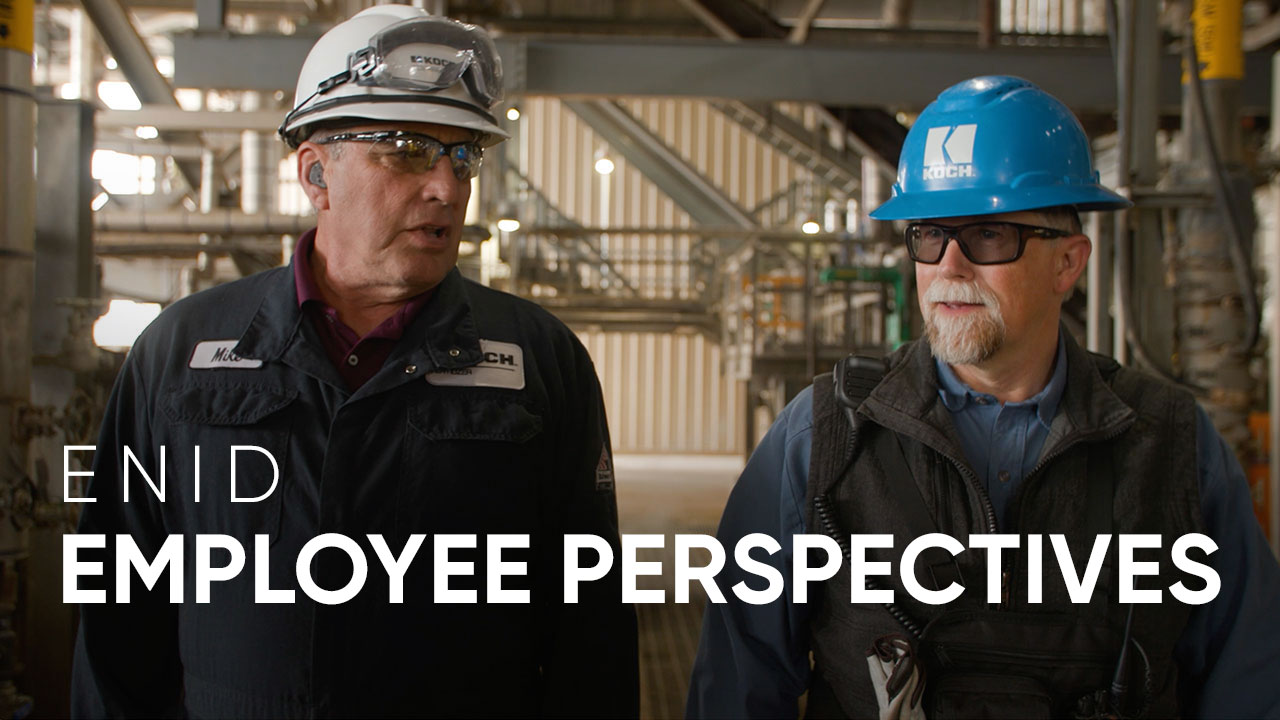Principle in Brief
For all the millennia of human existence, life was miserable. Nearly everyone was born into poverty, lived in poverty and died young. As recently as 200 years ago, 90% of the world’s population lived in extreme poverty. But then something remarkable began to happen: life started to get better and better for more and more people. The flat line representing average well-being became a hockey stick, suddenly and sharply improving — and it has not stopped. Today, less than 10 percent of people live in extreme poverty, even though the world’s population is now almost eight times what it was 200 years ago.
What happened? In short, certain societies haltingly but increasingly began to move from top-down — where a few people controlled the many — to bottom-up, where more and more people enjoyed greater opportunity to live as they saw fit, although it has been an uneven process that remains incomplete. They were more fully able to apply their abilities and knowledge to better their lives and the lives of others.
A top-down approach assumes those in control know what’s best for everyone else. Those at the top typically seek power, rely on one-size-fits-all approaches and use detailed rules and coercion that stifle others. No matter how well-intentioned, a top-down approach only benefits those at the top.
A bottom-up approach respects the inherent worth of each person and unleashes creativity, initiative and talents, resulting in beneficial outcomes beyond what anyone could have planned or predicted. People and society benefit when behavior is mostly governed by general principles rather than detailed rules, freeing individuals to use their gifts and knowledge to tackle problems and pursue opportunities.
In an organization, a bottom-up approach does not mean decentralizing all decisions or equally distributing authorities. Leaders play a vital role in making decisions for which they have the comparative advantage. For example, a facility manager is most likely in the best position to make decisions that affect the whole facility. With a bottom-up approach, the manager seeks and uses the input and challenge of those who have relevant knowledge. However, with a top-down approach, managers simply impose their decisions, which undermines the culture and leads to worse results. They are guilty of “the fatal conceit.”
Bottom-up does not mean employees are free to do whatever they feel like. We strive to create the conditions where employees are motivated to do what is beneficial for Koch and themselves. The responsibility of every supervisor is to enable their employees to understand how, and be motivated, to maximize value in harmony with our principle-based framework. This bottom-up approach benefits everyone — employees, Koch and society.
Understand It Better
Examples
The following workplace examples contrast the mindset and behaviors of individuals when they take a bottom-up approach compared to a top-down approach.
- Making Decisions
- Working with Others
- Leading Others
- Dealing with Change
Bottom-Up Approach
Max’s team has three different alternatives for how to make a web-based application more user-friendly. Max gathers a focus group of customers to get their reactions and feedback. He also listens to his team’s recommendation and asks them questions to understand their reasoning. Max realizes this decision will affect other teams, so he works with those leaders to make sure the final decision leads to the best overall outcome.
Top-Down Approach
Max’s team has three different alternatives for how to make a web-based application more user-friendly. Because he became team lead after a decade of doing product development, Max believes he understands what customers value. Since there’s no clear "winning” alternative based on net present value or other financial calculations, he chooses the alternative he prefers.
Bottom-Up Approach
When Bree is asked to give her perspective about her teammate, Donny, leading a large project, she gives her honest opinion about his skills and where he might need help. She sees Donny’s potential and is excited to help him. Bree embraces this as a chance to develop her coaching and mentoring skills.
Top-Down Approach
When Bree is asked to give her perspective about her teammate, Donny, leading a large project, she downplays Donny’s gifts and potential. Bree views Donny as a threat and doesn’t want to do anything that might take away from her own status.
Bottom-Up Approach
While Sara’s team has developed various work processes and procedures, she consistently focuses her team on results and uses principles to describe what good looks like. She coaches her team members to be more contribution motivated and encourages them to continually find ways to improve their processes and identify work that should be stopped.
Top-Down Approach
Sara spends most of her energy developing and enforcing the processes and procedures she created for her team. She views herself as the expert and her team as the “workers” who just need to do what she tells them. The team has created workarounds when the processes don’t do well because it’s easier than dealing with Sara to get something changed. They know Sara doesn’t view them as worthy of contributing to team-level ideas or decisions.
Bottom-Up Approach
Juan works at a site that is going through a lot of changes. The plant leadership team recently held a townhall meeting to talk about changing market conditions, the company’s updated vision and the site’s priorities. After the meeting, Juan talks to his supervisor and asks questions to better understand the reason for the changes. He then offers specific ideas for what their team could do differently to improve results.
Top-Down Approach
Juan works at a site that is going through a lot of changes. The plant leadership team recently held a townhall meeting to talk about changing market conditions, the company’s updated vision and the site’s priorities. After the meeting, Juan says to his supervisor, “They spend so much time explaining why this place is always changing. Just tell me what to do and I'll do it.”
Give It a Try
The power of these principles happens through application. There’s no substitute for learning as you apply.
- Read through the above examples. What are the similarities in each bottom-up example? Consider how the individuals view themselves and others. How would contribution-motivated people react to that treatment?
- Read through the above examples. What are the similarities in each top-down example? Consider how the individuals view themselves and others. How would contribution-motivated people react to that treatment?
- Reflect: Think about situations you've faced in the past or put yourself in the place of the people in the examples above. Are you more inclined to prefer a bottom-up or top-down approach? What adjustments might you need to make going forward?
- When a decision needs to be made, is our first instinct to worry about who has the decision rights or to focus on clarifying what knowledge is needed to make a good decision?
- When we think about performance, are we more focused on following processes or achieving good results? What is the difference?
- What aspects of our culture foster employees to creatively contribute? What stifles employees from feeling empowered to creatively contribute?
- For Supervisors: When you coach your team, are you helping them form better judgment so they can apply principles, or do you invest most of your energy into developing and enforcing a “fool-proof” process?


